Up Next

In the midst of a 2023 Formula 1 season of enormous Red Bull advantage, suddenly in Hungarian Grand Prix qualifying we have a re-run of 2021 and a beautifully delicately-poised balance between Mercedes and Red Bull, with Lewis Hamilton edging out Max Verstappen to pole by 0.003s.
What just happened? There’s a lot to unpack here, but it can be broadly put into two categories, that of the cars and the drivers. But they are intimately linked.
Cars
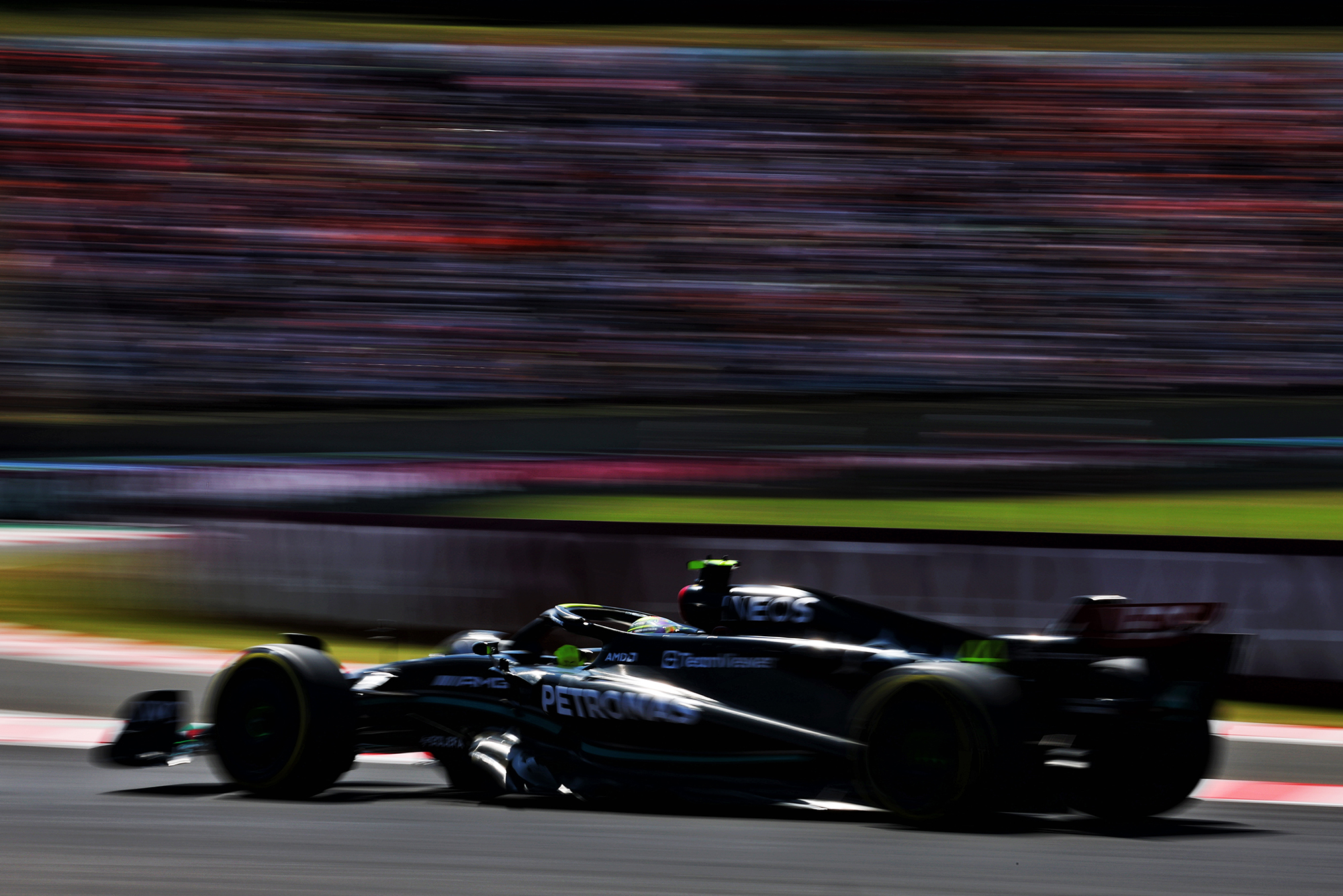
The Red Bull was never in its sweet spot. The Mercedes was. That would not ordinarily be enough to bring them into such close parity.
In the season to date up to this race, the Mercedes has qualified an average of 0.534s slower than the Red Bull. That average margin should comfortably accommodate Red Bull the odd sticky set-up weekend, regardless of how well Mercedes extracts everything from its own car.
But we can see certain patterns in the respective behaviour of the cars here which suggest that a) there is something about the Hungaroring which the Mercedes really likes, which pushes up its normal performance ceiling and b) the Red Bull was in a particularly unhappy place. That these two developments should coincide brought them to a point of almost identical performance.
It wasn’t only Mercedes which had shrunk the gap to Red Bull. Everyone apart from Ferrari had (see below).
Deficit to Red Bull
|
2023 average before now
|
Hungary | |
| Mercedes | 0.534s | -0.003s |
| McLaren | 0.983s | 0.082s |
| Alfa Romeo | 1.612s | 0.362s |
| Ferrari | 0.218s | 0.380s |
| Aston Martin | 0.578s | 0.423s |
| Haas | 1.423s | 0.574s |
It’s unlikely that everyone has made big gains simultaneously. More probable is that Red Bull is off-form at this track.
But the Mercedes was nonetheless in a particularly happy place in Hungary qualifying. What is it about the Hungaroring which so suits it? George Russell set pole here last year in the unloved W13, after all.
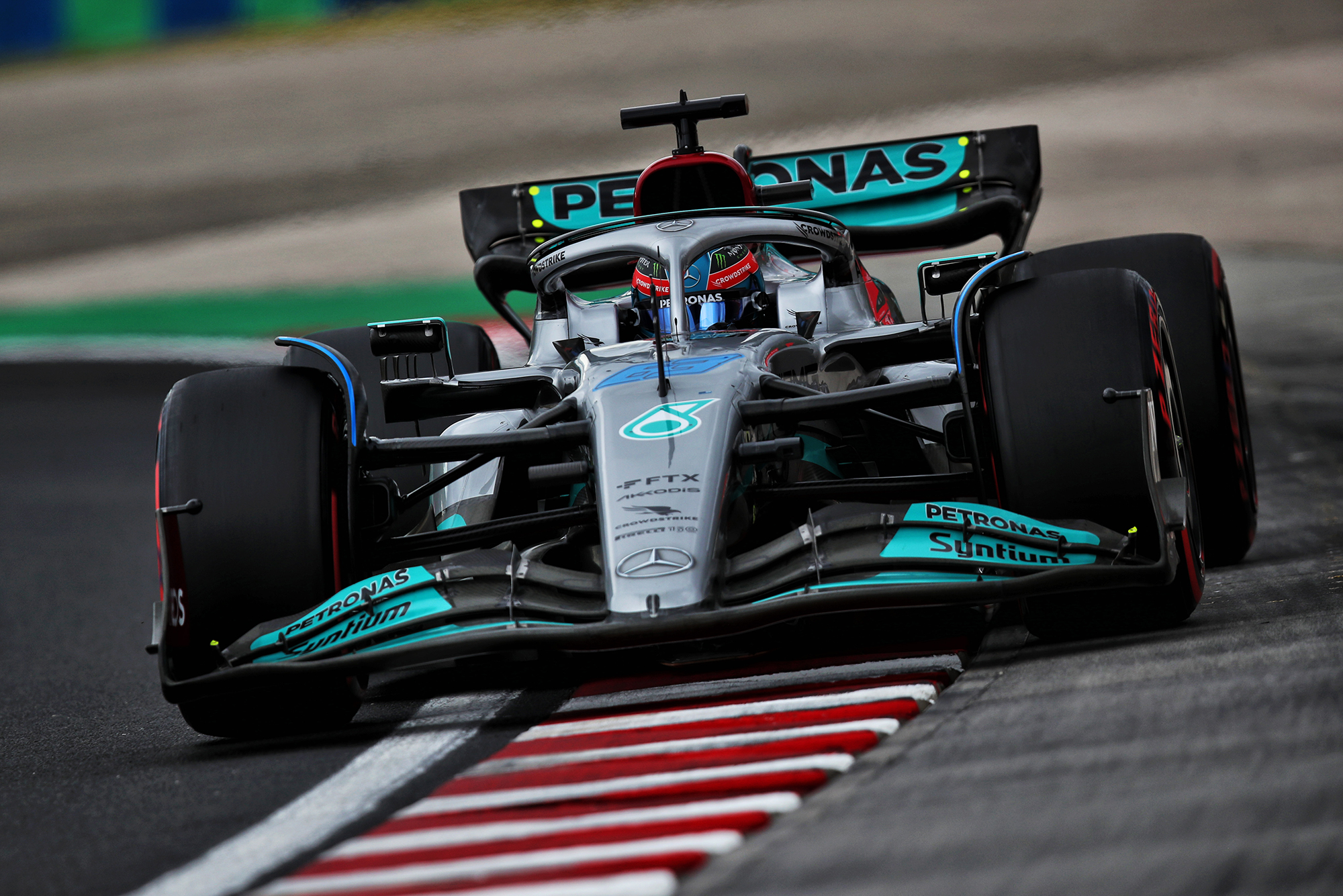
There are probably at least two components to this – traction and tyre usage. The W14 lacks traction out of slow corners, especially compared to the Red Bull. The grippier the surface, the less this will be exposed and punished – and the Hungaroring has a particularly grippy surface once it has been rubbered in. It’s rarely used and so is invariably gripless at the beginning of the weekend but its ramp-up in grip is always spectacular. It was notable that the more grip the track offered, the better the Mercedes went relative to the opposition.
For much the same reason, the softer the tyre, the better the Mercedes looked. If we look at the comparison between Verstappen and Hamilton’s laps in Q1 on the hard and Q2 on the medium, we see the following pattern:
Q1 (hard tyre) – Verstappen 0.259s faster than Hamilton
Q2 (medium tyre) – Verstappen 0.131s faster than Hamilton*
Q3 (soft tyre) – Hamilton 0.003s faster than Verstappen
* Taking Verstappen’s deleted lap, not his subsequent low-risk lap with which he was credited.
At each compound step, the Mercedes gains around 0.13s on the Red Bull as that traction shortfall is further masked.
What the softer compound also did for the W14 was give Hamilton a front end at the beginning of the lap with which to attack Turns 1 and 2.
“Yeah, it started to feel quite decent in Q2 all of a sudden,” reported Hamilton. “I almost didn’t make it out of Q1… While we struggle in the high speed – Turns 4 and 11 in particular – in the others the car’s quite good in the low speed, we’ve discovered in the last few races.”
It’s had a better front end into slow corners ever since its Monaco upgrade, which included the revised front suspension. This has allowed Hamilton and Russell greater confidence into slow corner entries. It still struggles out of them – but not so much if the track and tyre grip is high.
In those circumstances, ie those which prevailed in Q3, the Mercedes W14 is highly competitive in slow corners. Through the medium and high-speed it’s not as quick as the Red Bull or McLaren, but overall a pretty handy package.
Especially as it somehow combines that with its usual ability to look after its tyres through the lap, a valuable asset at the Hungaroring, where getting the fronts up to temperature for the start of the lap without overheating the rears by the end of it is so vitally important.
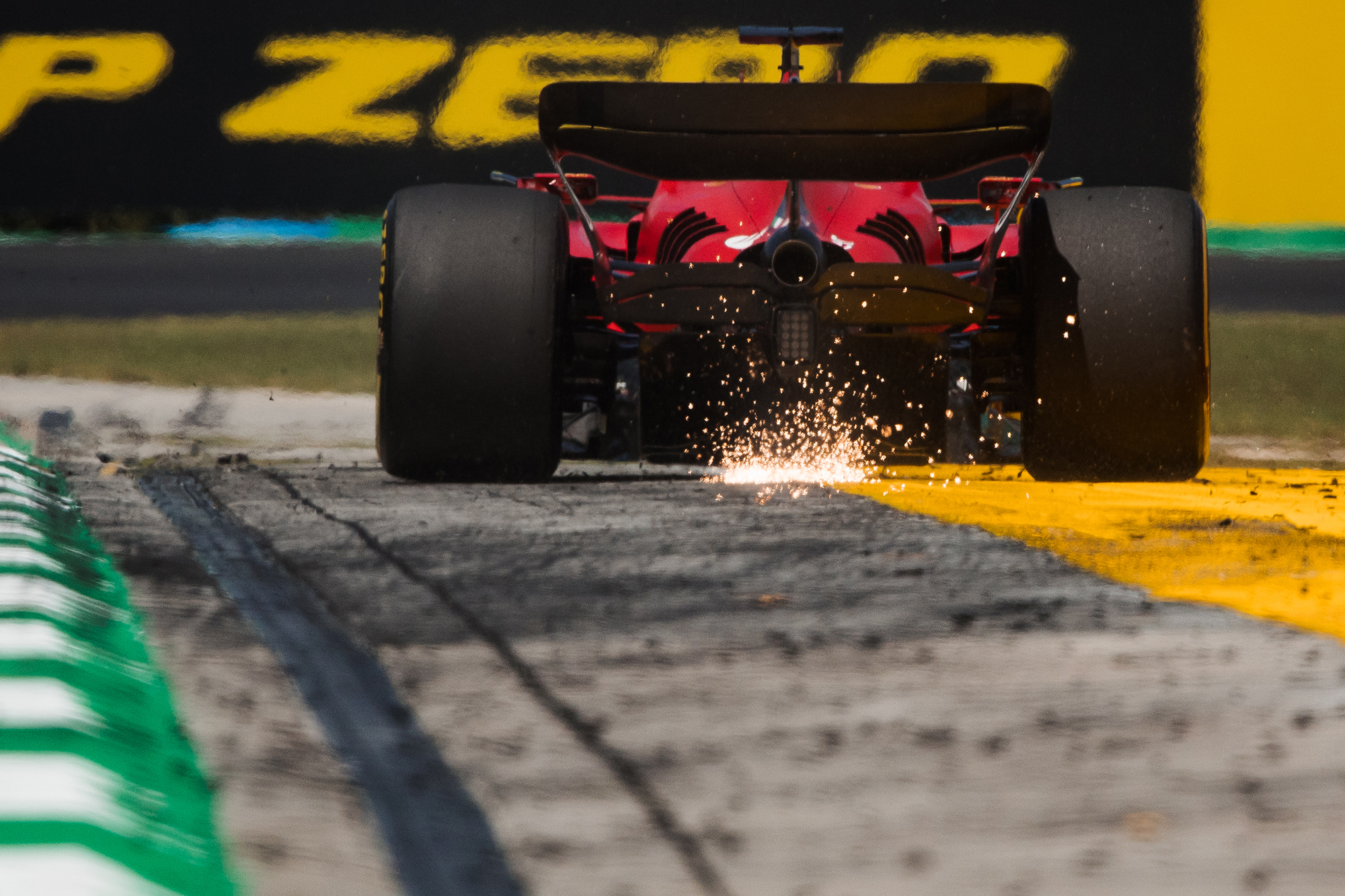
This was where the Ferrari fell badly out of bed. Charles Leclerc was habitually quicker than anyone in the first sector but the Ferrari’s rears were falling away by the time he reached the chicane and were hopelessly hot and gripless by the final two corners.
So that’s why the Mercedes was good, but why was the Red Bull struggling so much? Verstappen: “It felt terrible. It doesn’t matter where you are on the grid; if it doesn’t feel good, it doesn’t feel good and all weekend I’ve been struggling with a shift in balance.
“You get understeer, you try to correct it, then it’s oversteer. Every time I got to the apex of the corner it was just not gripping up for me…
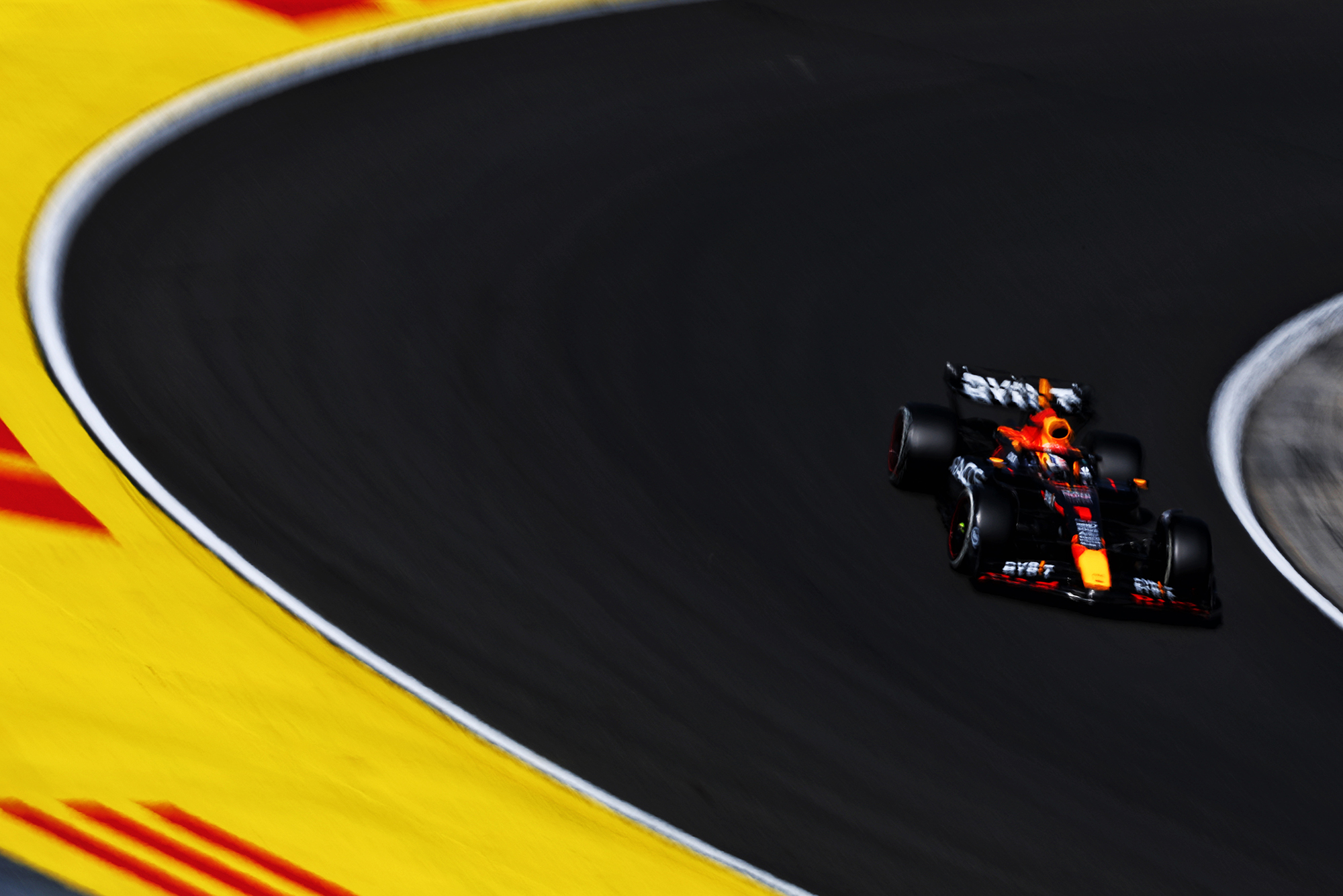
“There was a big improvement from Q2 into my first Q3 run, it suddenly gripped a bit more. So I put my second set of tyres on and it was different again.
“It was just really inconsistent, just hit and miss.”
It could just be one of those weekends where Verstappen and his engineering team just didn’t find the sweet spot; it’s happened before – in Austria and Brazil last year, for example.
Or maybe it’s to do with the upgrade the team brought here. The new bodywork package is reckoned to be worth up to 0.2s per lap in simulation. The letterbox radiator inlet increased air pressure into the inlet, theoretically allowing a lesser volume of air for the same cooling capacity, freeing more of that air volume for creating downforce.
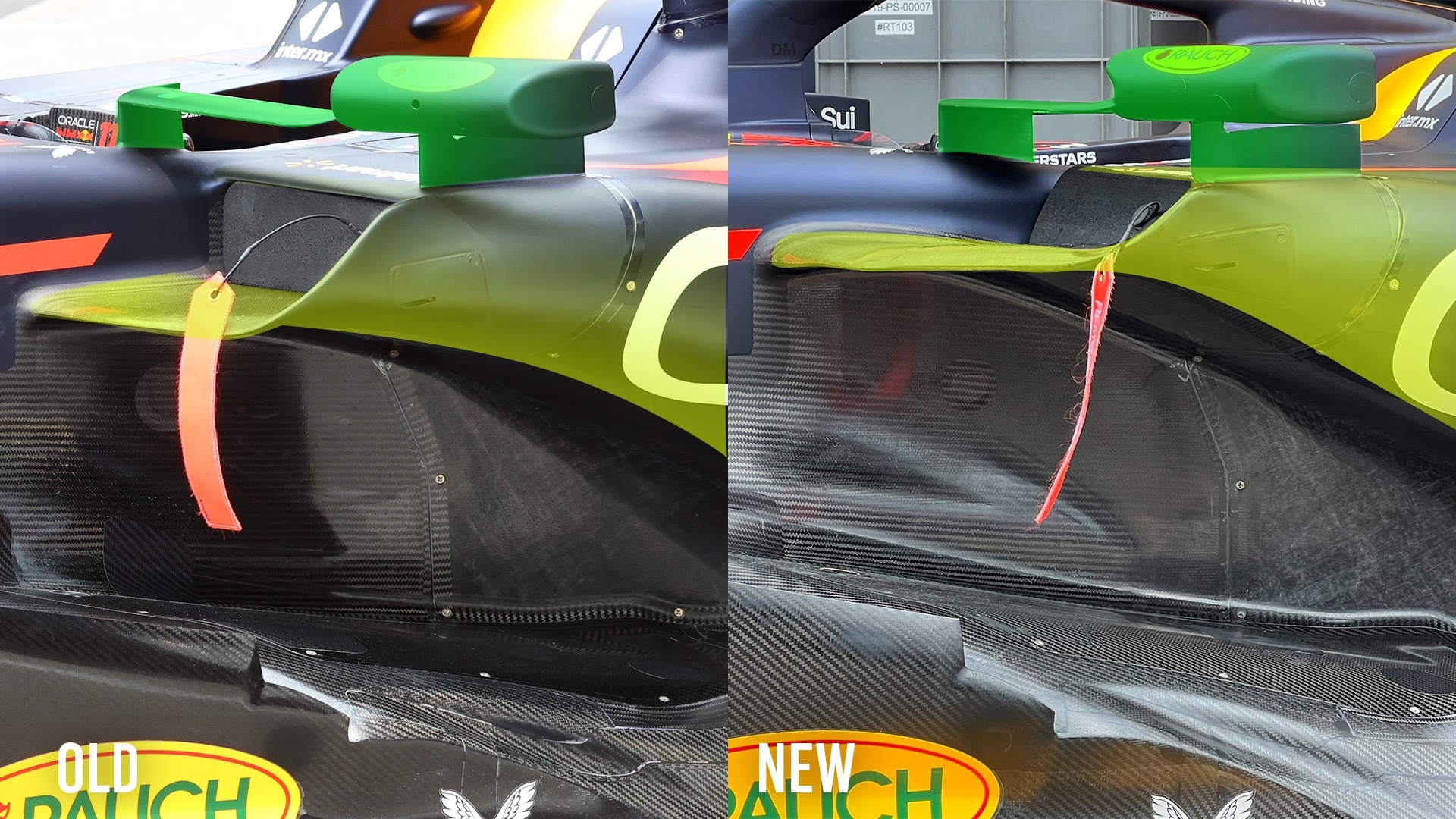
But even for a July day in Budapest, the temperatures were very high and are expected to be yet higher on race day (an ambient of 36-deg C is forecast). Everyone has made allowances for this in their cooling packages, opening out the bodywork through their various systems of gills and outlets, accepting the inevitable loss of aero efficiency.
But is it possible that Red Bull, in making something quite aerodynamically extreme, has debuted the package in conditions where that has bit it? All five gills of the Red Bull’s bodywork below the engine cover were open. It appeared to need more bodywork opening than the others and would therefore suffer greater aerodynamic compromise.
If there is a loss of aero efficiency, the car would typically need more wing. This in combination with the new more aero-efficient rear wing brought by Mercedes to this race has almost certainly played its part in the Red Bull’s usual straightline speed advantage over Mercedes completely disappearing (Verstappen and Hamilton were equal 13th-fastest through the speed trap).
“Honestly I think they’ve slowed down quite a bit from the beginning of the year,” said Hamilton. “They don’t have the DRS advantage they used to have. Where did that go?
“We heard the upgrade is worth about 0.2s and for them to not be able to extract that in qualifying is interesting.”
But before getting too carried away, the worst case scenario Red Bull versus the best case scenario Mercedes are separated by thousandths of a second over a single lap – and in the race sims of FP2 and FP3, the Red Bull’s advantage appeared as big as ever over Ferrari (but with Mercedes not doing a comparable run).
Drivers

After watching Hamilton’s onboard pole lap, his former team-mate Nico Rosberg (in his role of Sky pundit) said: “I’ve witnessed many of the special moments he used to have and that was one of those. That lap was perfection, it was an art. Only Lewis Hamilton could do that on such days. No one could have done a hundredth faster.”
There is something about the layout and grip of this track which Hamilton has always enjoyed, but there is an important distinction to be made in assessing a driver’s contribution to a special lap time.
No driver has access to their ultimate performance if the car is not doing what they need it to do. It’s one thing to get everything from a recalcitrant car, but a whole new chamber of driver performance opens up if the car cooperates.
So comparing the performance of one driver in such a car with another who isn’t enjoying that privilege is not a valid comparison. An awkward car actually puts a false ceiling on the level of even a great driver. They will still typically be able to squeeze more from it than a lesser driver, but they will not have full access to the outer reaches of their ability.
That’s the place Hamilton has usually been for the last 18 months while Verstappen has enjoyed his dream car. Their situations were transposed here.
“All the drivers here are exceptional,” says Hamilton, “and a huge part is about having confidence in the car you’re driving, the tool you’re using.
“When you lose that confidence you shed a lot of lap time. Last year I had no confidence in the car, this year I started with very little and bit by bit we started to get the thing on the right track and this weekend the car has given me that confidence.
“It has finally come back and that’s what you’re seeing today, having the confidence to throw the car into the corner. There’s not a fear it’s going to throw you into the wall.”
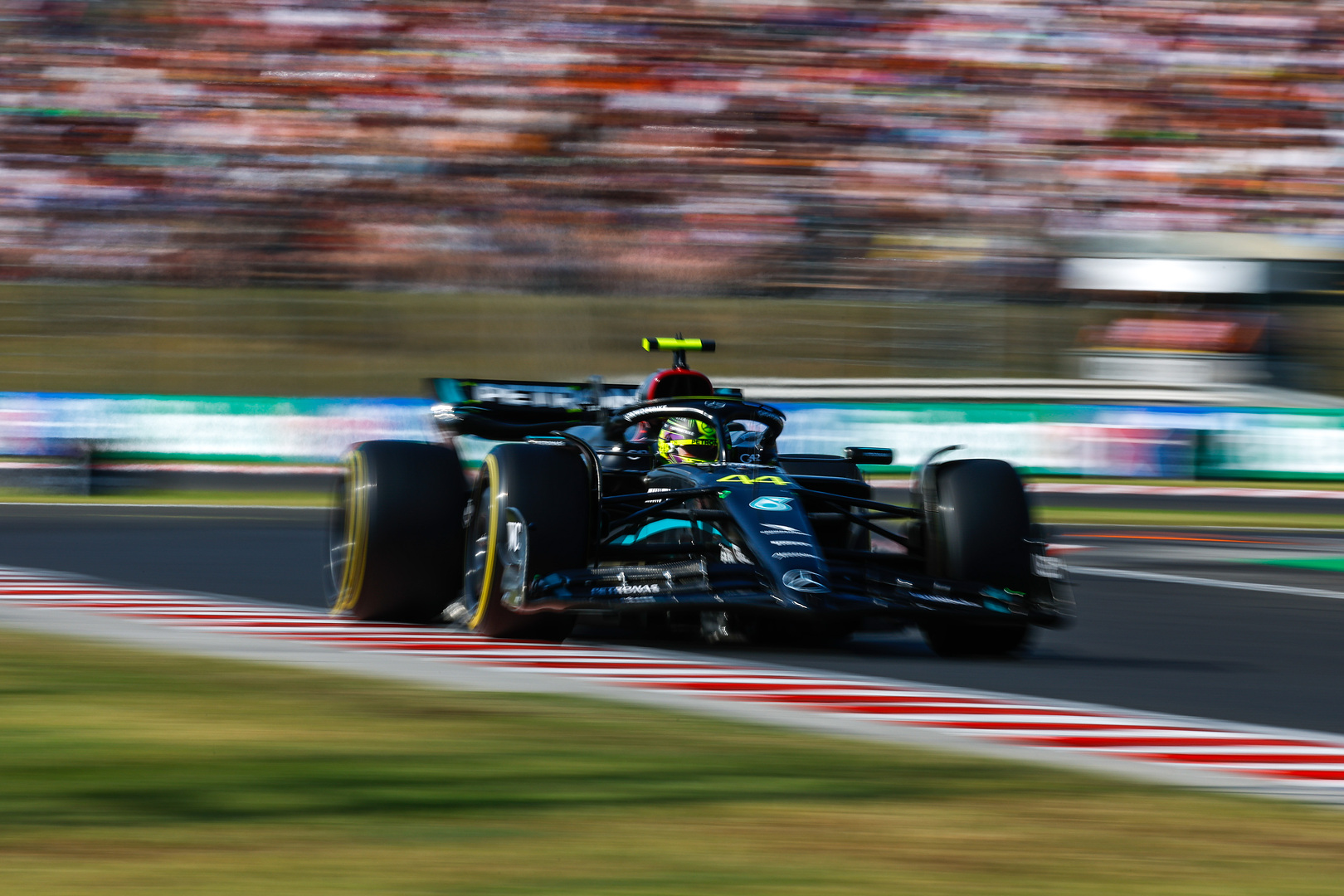
Although the car still lacked the high-speed grip of the Red Bull and McLaren, it was giving Hamilton the confidence to commit regardless.
“I knew it was close after the first runs and I knew I could find more time. Turn 11 I’d never managed to take flat and I don’t know if these guys [Verstappen and Lando Norris] lifted, but on that last lap I just sent it, absolutely sent it through there and held on.”
None of them were actually flat. Hamilton briefly lifted, but only to 44% throttle (compared to 35% for Verstappen and 19% for Norris) before getting back on it again once the car had loaded up.
For Verstappen the messages the car was giving him were all wrong and couldn’t be relied upon.
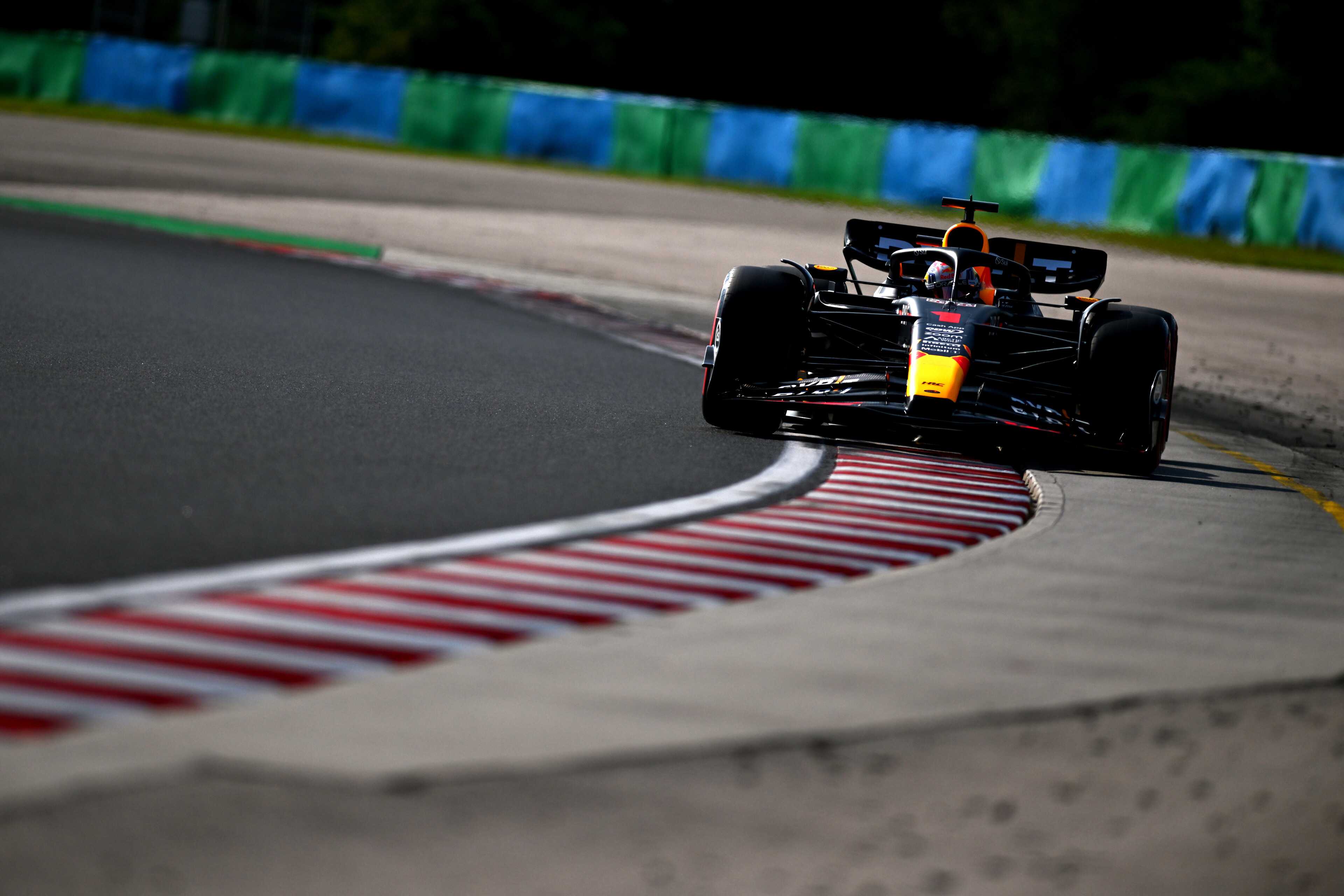
“Every time I got to the apex of the corner it was just not gripping up for me,” he reported. “That’s probably the worst balance I can have in a car.
“I thought my first Q3 lap wasn’t too bad but it still felt like I was driving on ice with the front axle, just very peaky.
“On my final run I was already a bit off in the first sector so I risked a bit more in Sector 2 and it paid off there. But as I kept that up I just lost the front in the final sector.
“When it’s like this it’s difficult to be progressive with. It’s very difficult to build up to it, to have a bit of margin and know where to push more. You just can’t do it like that when the car is inconsistent.”
This was the picture at the outer reaches of performance flat-out over a qualifying lap. The race day game, of controlling rear tyre temperatures, presents a very different set of demands. It’s going to be fascinating.





